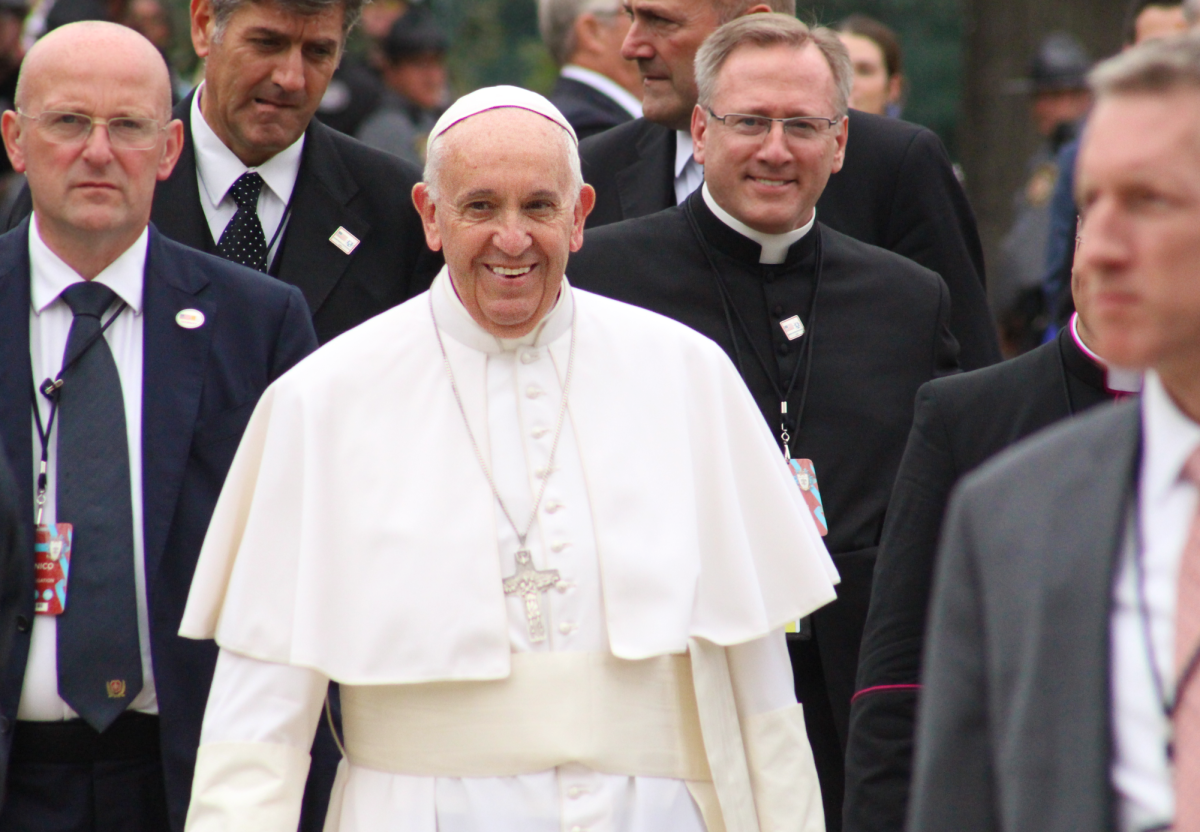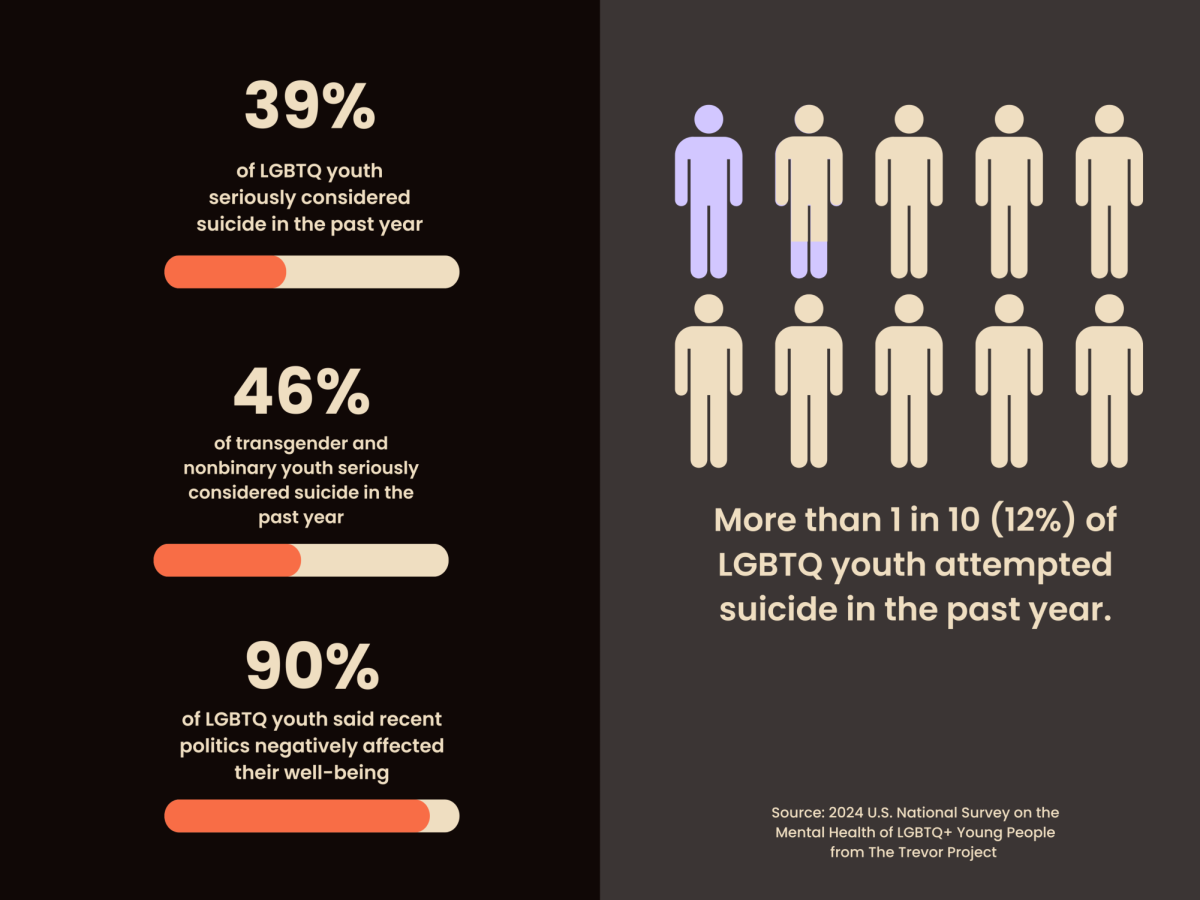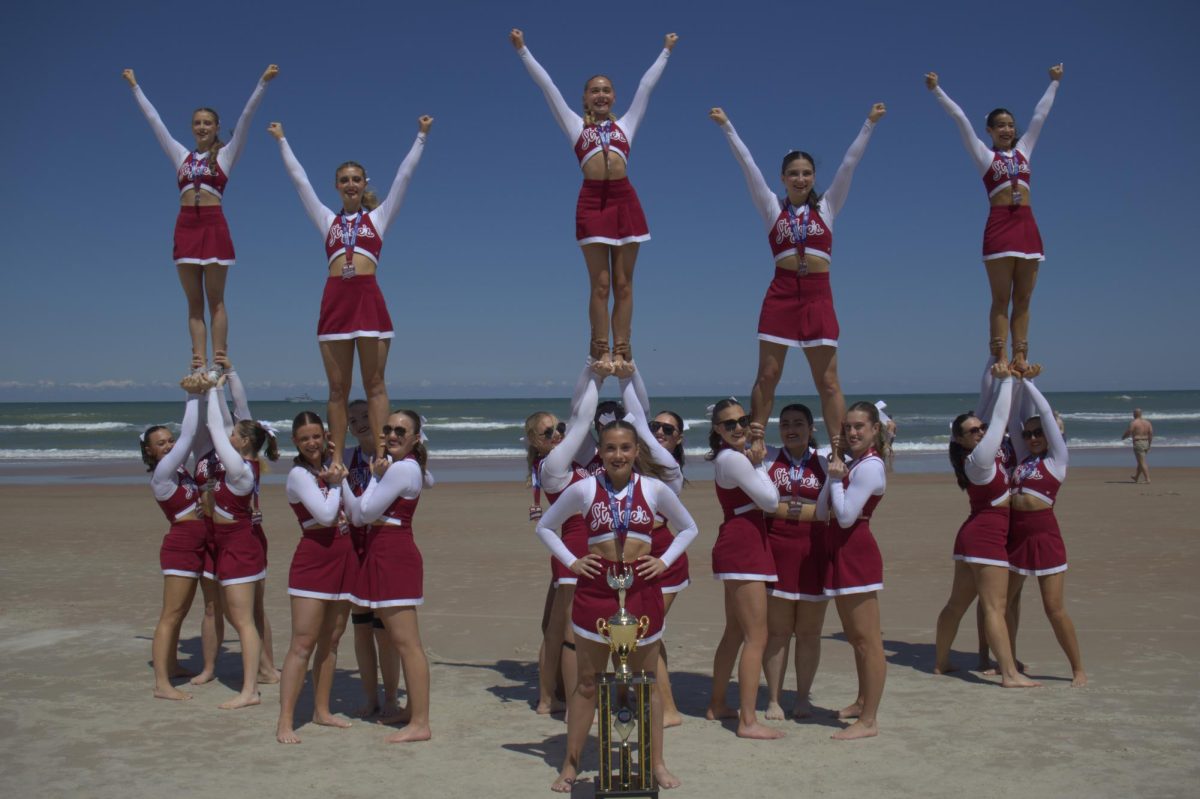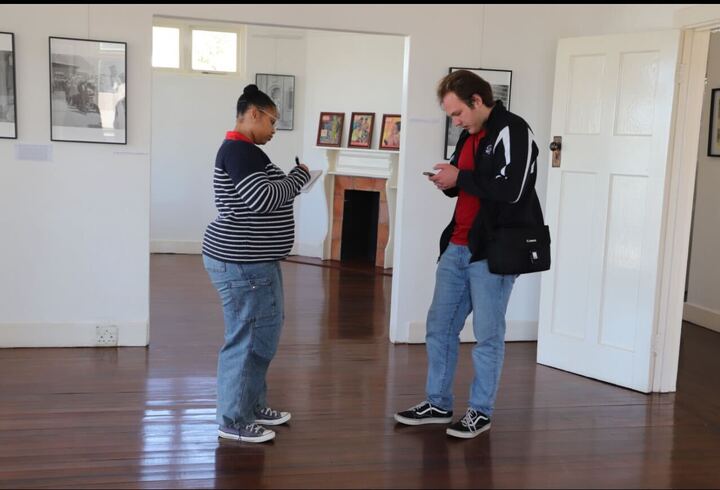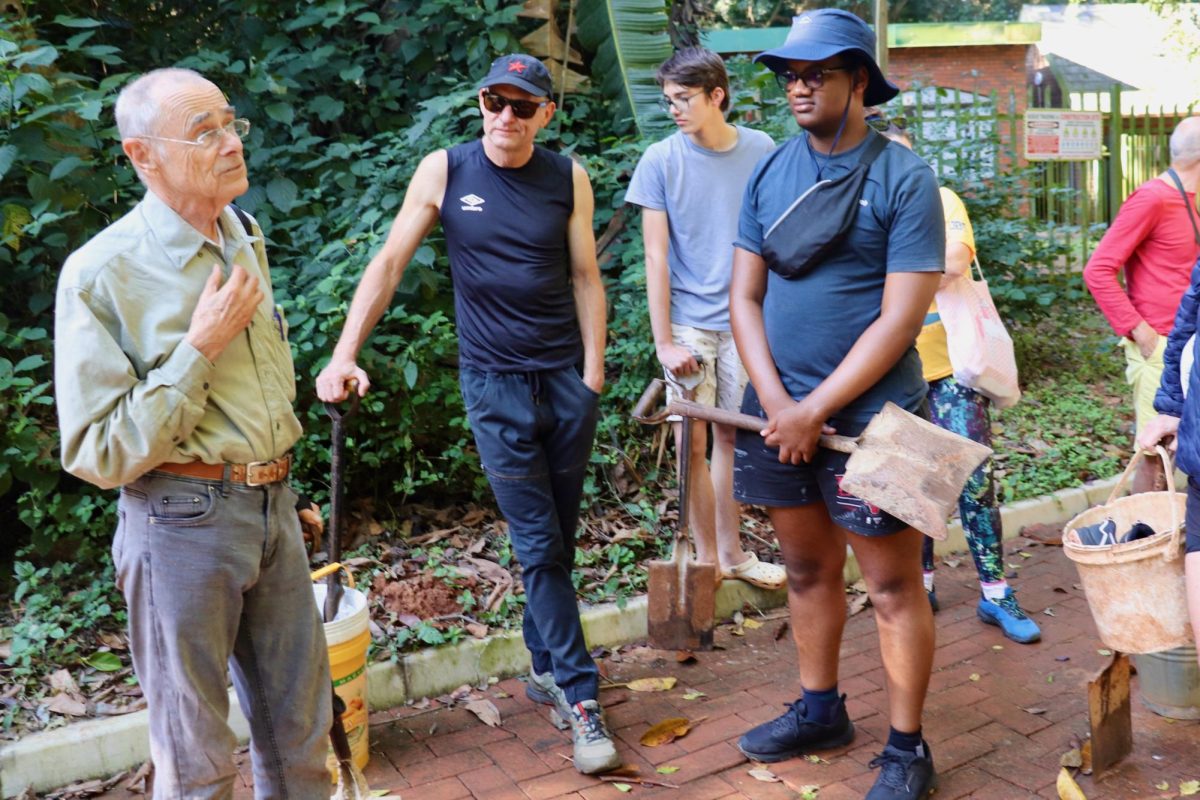For possibly the first time in 10 years, a pair of raptors (but not hawks!) seem to be setting up a home on Hawk Hill. High up on the bell tower at Barbelin Hall, two peregrine falcons, which I have affectionately named “Dan” and “Joyce,” watch over campus looking for small birds and mammals.
Currently, Pennsylvania has an estimated minimum of 73 nesting pairs of peregrines, so having a pair at St. Joe’s is a rare occurrence. A pair of red-tailed hawks, a much more common species, nested near McShain Hall back in 2014, receiving public attention through Hawkcam, a webcam — which is no longer active — pointed at the nest site.
Community feedback on the safe and respectful coverage of the hawks was overwhelmingly positive, even resulting in a book documenting the lives of the hawks and connecting the experience to Ignatian spirituality and nature writing. For the first time in 10 years, the St. Joe’s community has another chance to bond over an appreciation for these birds of prey in an urban environment.
Unfortunately, one distinction between red-tails and peregrine falcons is that the falcons do not construct a nest. This fact, in addition to the height of Barbelin, has made it difficult for me to observe their behavior, and, currently, I have not seen any evidence that they have laid eggs on the tower. However, in the event these raptors do raise young birds, it is my hope that the university seeks to protect them and share this unique event with the St. Joe’s community somehow. Even though we are “Hawks,” many of us may never have seen a bird of prey on campus, so spreading awareness for these falcons provides us with a way to appreciate our Hawk Hill identity.



